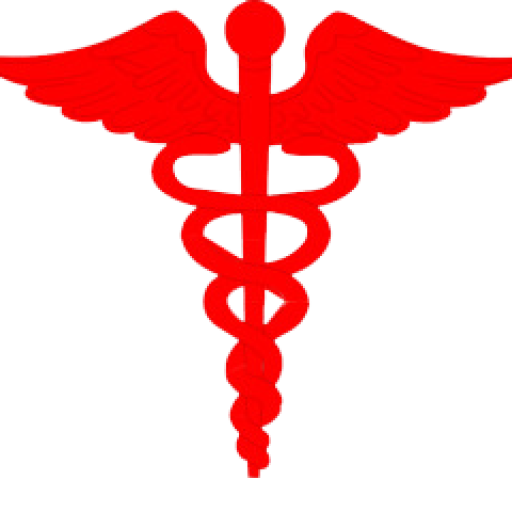How Sitting Wrecks Your Body
In today’s digital age, prolonged sitting has become an unavoidable part of daily life, whether it’s at work, during commutes, or while relaxing at home. However, what many people don’t realize is that extended sitting can have serious consequences for overall health. From poor posture to increased risk of chronic diseases, sitting for long hours takes a toll on the body in multiple ways. The Hidden Dangers of Prolonged Sitting 1. Postural Issues and Back Pain Sitting for extended periods weakens the muscles supporting your spine, leading to poor posture, back pain, and spinal misalignment. Slouching over a desk or couch for hours can strain the neck and shoulders, increasing discomfort over time. 2. Increased Risk of Heart Disease Studies have shown that prolonged sitting is linked to a higher risk of heart disease. When you sit for too long, blood circulation slows down, which can lead to plaque buildup in arteries, raising the risk of cardiovascular issues like heart attacks and strokes. 3. Weight Gain and Metabolic Issues Sitting for hours reduces calorie burning, making it easier to gain weight. It also decreases insulin sensitivity, increasing the risk of type 2 diabetes. A sedentary lifestyle slows metabolism, making it harder for the body to break down fats and sugars effectively. 4. Weakened Muscles and Joint Stiffness Lack of movement can cause muscle atrophy, especially in the legs and glutes. This weakens the lower body, making it harder to maintain balance and mobility. Additionally, sitting puts pressure on hip joints, leading to stiffness and reduced flexibility over time. 5. Increased Risk of Mental Health Issues Long hours of sitting can also affect mental well-being. A sedentary lifestyle has been linked to increased levels of anxiety and depression. Lack of physical movement reduces endorphin production, leading to mood imbalances and decreased energy levels. How to Combat the Negative Effects of Sitting Take Breaks Frequently: Stand up and stretch every 30–60 minutes to improve circulation and reduce muscle stiffness. Incorporate Movement into Your Day: Walk around during phone calls, take the stairs instead of the elevator, or use a standing desk. Exercise Regularly: Aim for at least 30 minutes of physical activity daily, such as walking, stretching, or strength training. Maintain Good Posture: Sit with your back straight, shoulders relaxed, and feet flat on the ground to reduce strain on your spine. Conclusion While sitting is an unavoidable part of modern life, being mindful of its effects and taking steps to counteract them can significantly improve overall health. By making small adjustments like moving more throughout the day, practicing good posture, and incorporating exercise into your routine, you can prevent the harmful consequences of prolonged sitting and keep your body healthy and active.






